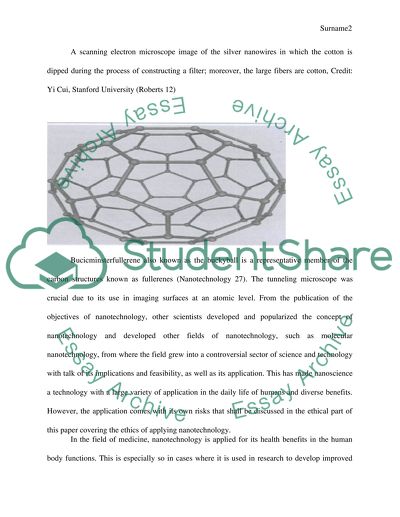Cite this document
(“Nanotechnology Research Paper Example | Topics and Well Written Essays - 2500 words”, n.d.)
Retrieved from https://studentshare.org/miscellaneous/1606248-nanotechnology
Retrieved from https://studentshare.org/miscellaneous/1606248-nanotechnology
(Nanotechnology Research Paper Example | Topics and Well Written Essays - 2500 Words)
https://studentshare.org/miscellaneous/1606248-nanotechnology.
https://studentshare.org/miscellaneous/1606248-nanotechnology.
“Nanotechnology Research Paper Example | Topics and Well Written Essays - 2500 Words”, n.d. https://studentshare.org/miscellaneous/1606248-nanotechnology.


